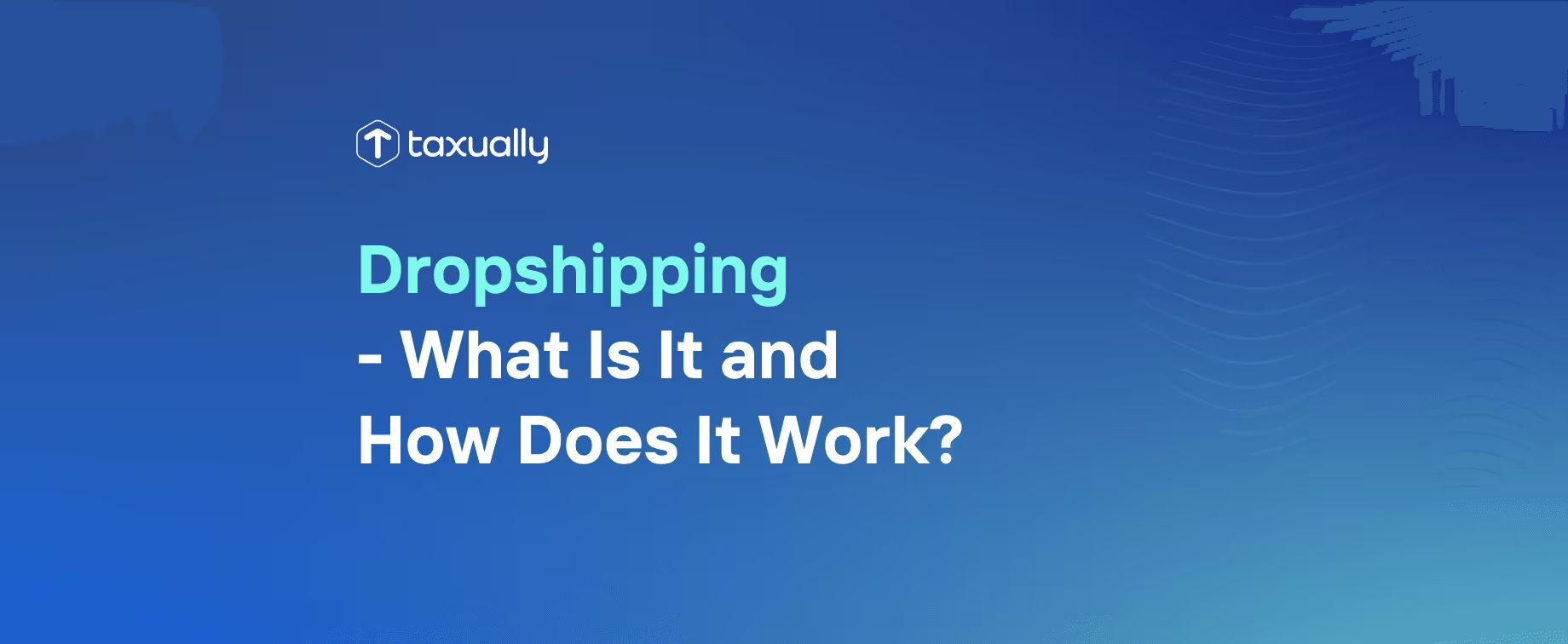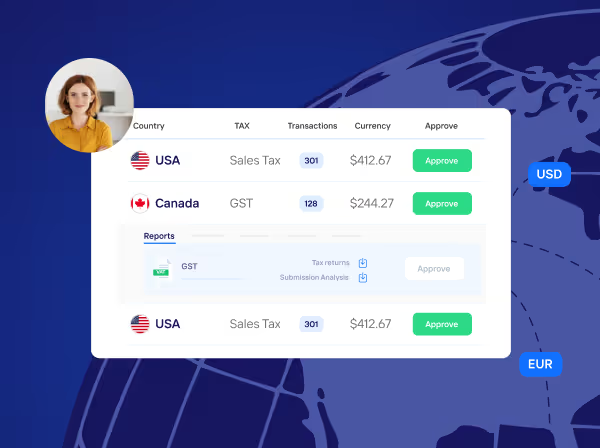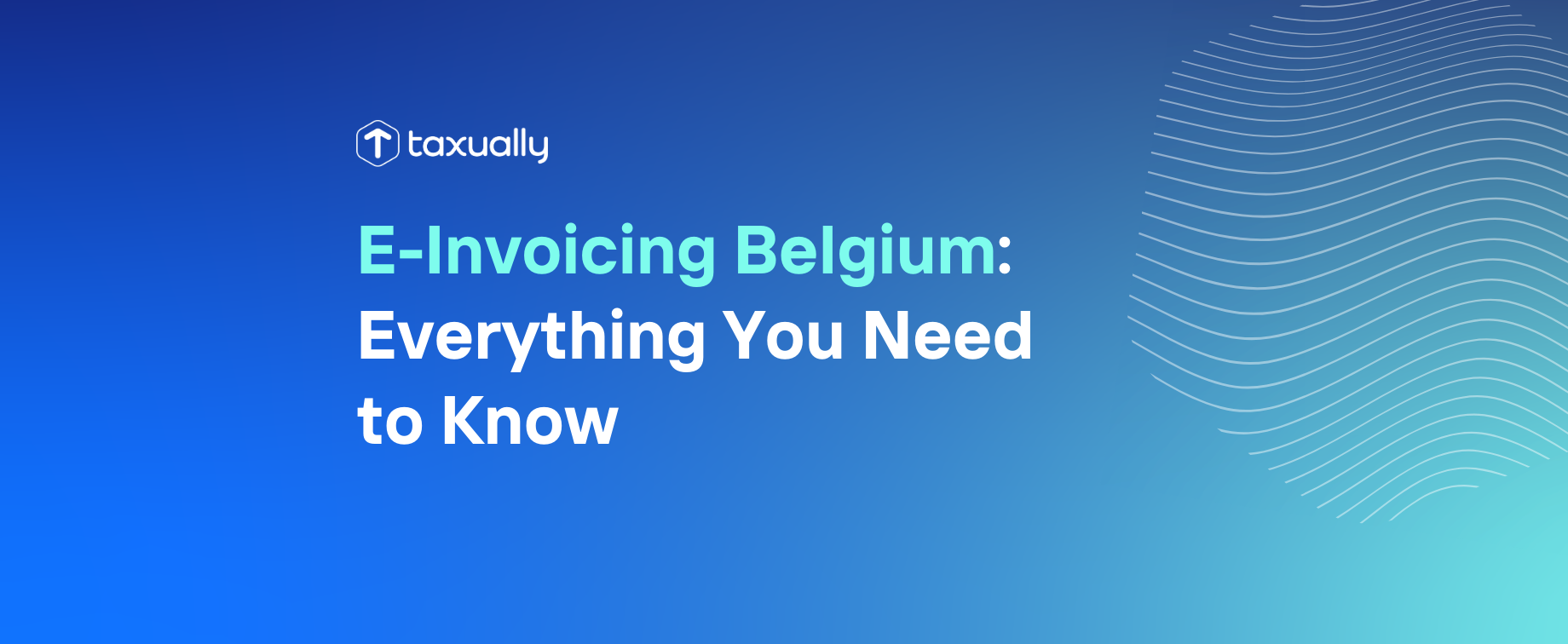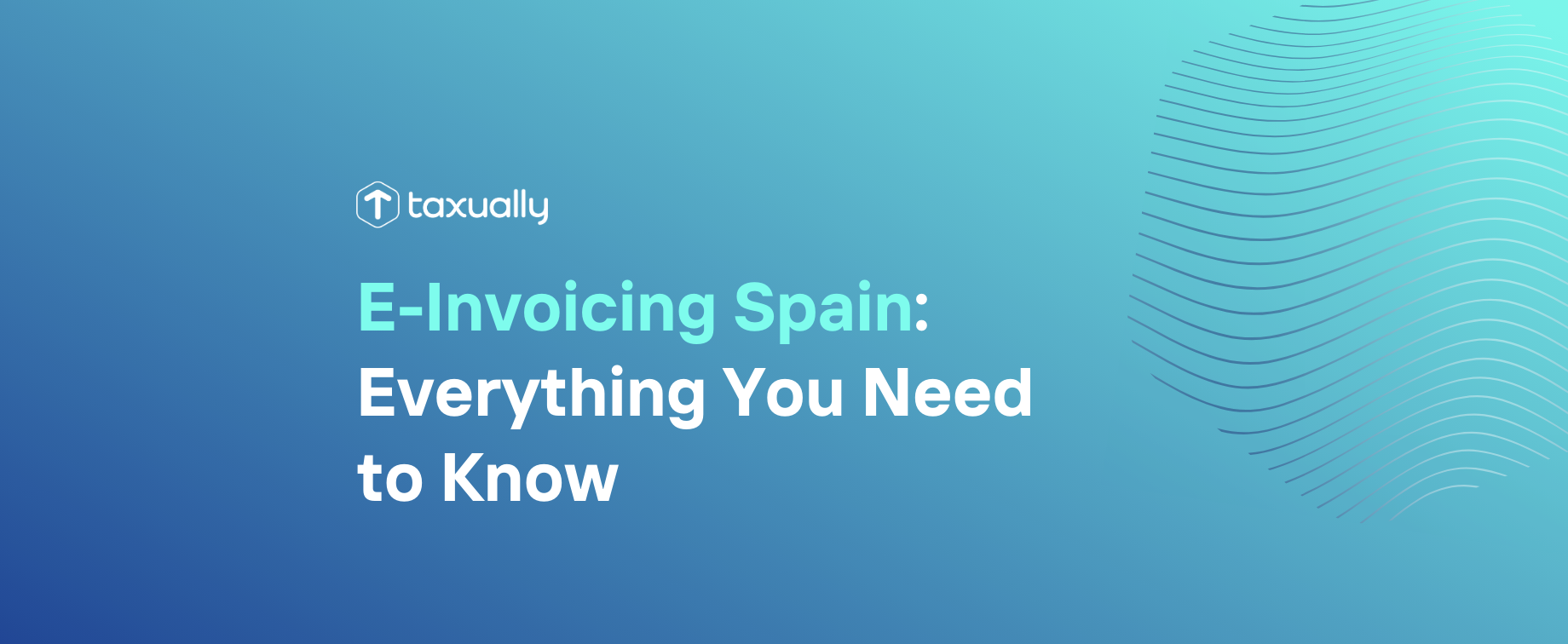Key takeaways
- Low-cost, low-risk business model: Dropshipping allows you to start selling online without holding inventory or managing fulfillment, making it ideal for beginners.
- Success depends on your supplier and strategy: Choosing a reliable dropshipping partner and building a strong ecommerce presence are critical to avoiding delays, errors, and lost sales.
- High competition, lower margins: While dropshipping offers flexibility and scalability, it also comes with tighter profit margins and greater competition than traditional retail.
Dropshipping is a type of ecommerce business model in which the customer receives their order straight from the supplier, with no third party ever holding the product in stock. Instead, the dropshipper orders the goods from the supplier and ships them directly to the consumer when a customer buys the product in the dropshipper's online store.
So, the selling merchant is simply the middleman in this scenario, having never stocked or owned the inventory, which is the main distinction between dropshipping and a conventional retail business.
From the perspective of the customer, there isn’t much difference between buying goods from a traditional merchant versus a dropshipper. Customers simply place an order and wait for it to be delivered to their home, just like they would for any online order. The only distinction is that the products arrive directly from the manufacturer.
For dropshippers, the dropshipping model has become a quick and convenient way to grow a sales business and generate revenue. It allows them to purchase inventory and fulfillment services from an intermediary rather than storing and distributing the goods themselves.
How does dropshipping work?
First, the customer places their order and makes their payment on the retailer’s ecommerce website. The retailer then purchases the goods the customer ordered from the dropshipping supplier. The dropshipping supplier ships the goods directly to the customer after receiving the original order. The customer's buying experience is the same as with any other e-commerce transaction, even though the merchant never handles the products.
So, the retailer markets, sells, and provides customer service for the dropshipper’s products, but otherwise remains a middleman. They do, however, control the selling price of the goods, as well as the final margins.

How to start dropshipping
Anyone looking to launch a successful dropshipping business will first need to find a reliable supplier. There are countless dropshipping suppliers to choose from, but picking the wrong one can result in errors or delays, which could be damaging to a new business. For this reason, it’s important to do extensive research before committing to any one supplier.
Many opt to collaborate with large, tried-and-tested dropshipping suppliers, like dropshippingXL, BigBuy, Spocket, and SaleHoo, but no matter the supplier, it’s important they’re a good match for your business and its needs.
Once you’ve decided which dropshipping supplier to partner with, an ecommerce platform like Shopify will help you get your online store set up and ready for customers (if you don’t already have one).
Is dropshipping worth it?
Dropshipping pros
Minimal startup investment
Unlike most business models, dropshipping doesn’t require a large capital investment upfront. It’s possible to get started as a dropshipper with just your computer and an internet connection, along with money for the platform fees and some marketing.
Less risk
Because they don’t own the inventory or the storage facilities, dropshipping business owners incur fewer financial risks.
Less responsibility
When you receive an order from a customer, you just need to place that order with your dropshipping supplier. Along with fulfilling the order, they will also ship it to your customer and take care of any returns on your behalf.
Flexibility
Dropshipping's fulfillment model means you can make changes to your store whenever you want. If a strategy doesn’t succeed or certain products don’t sell, you can try something different with no loss to you. It gives you the freedom to test out what works and what doesn’t.
Location independence
Owners of dropshipping stores can operate from anywhere, without having to be tied to a storage warehouse or fulfillment center. You can be in contact with your customers and suppliers from anywhere.

Dropshipping cons
Reduced profit margins
Dropshipping generates significantly lower product margins than a typical e-commerce business. The reason for this is that you’re paying for the order fulfillment with the supplier as well as the wholesale price of the product.
Intense competition
You’ll be doing business alongside many other dropshippers selling the same products, making competition fierce. That means that to stay competitive you’ll have to market aggressively, lower your prices, and offer frequent promotions.
Not much quality control
You won’t be able to inspect your products since they’re shipped directly from the supplier to the customer. While some dropshippers will order a ‘sample’ of an item before they list it, the majority rely on the sales history of the product and its reviews.
Fulfillment errors
Dropshipping business owners aren’t responsible for the packing or shipping of their orders, but if mistakes happen, they will be held accountable by their customers. When things go wrong, it reflects badly on your brand.
Conclusion
Dropshipping offers a low-barrier, flexible path into the world of ecommerce—ideal for entrepreneurs looking to start a business without significant upfront investment or logistical burdens. While it comes with its own challenges, such as reduced margins and limited control over fulfillment, the model’s scalability and ease of entry make it an appealing option for many. With the right supplier, a reliable ecommerce platform, and a strong marketing strategy, dropshipping can be a profitable and sustainable way to build an online business.
Do you need help with your VAT or sales tax compliance? Book a free call with one of our tax experts to find bespoke solutions for your business, optimize your tax costs, and reach millions of new potential customers with our automated tax solutions.
Frequently asked questions
New Year's Day - 1/1/2024Memorial Day - 5/27/20244th of July - 7/4/2024Labor Day - 9/2/2024Thanksgiving Day - 11/28/2024Day after Thanksgiving - 11/29/2024Christmas Eve - 12/24/2024Christmas Day - 12/25/2024
Do I need to hold inventory to start dropshipping?
No. With dropshipping, you don’t need to buy or store inventory. The supplier handles fulfillment and shipping directly to the customer.
How do dropshippers make money?
Dropshippers earn profit by setting retail prices higher than the wholesale cost they pay the supplier, keeping the difference as margin.
Is dropshipping legal and legitimate?
Yes, dropshipping is a legal business model used worldwide. However, success depends on choosing trustworthy suppliers and complying with tax and consumer laws.
What platform is best for setting up a dropshipping store?
Popular platforms like Shopify, WooCommerce, and BigCommerce are commonly used for dropshipping due to their integrations with major supplier networks.
Can I start dropshipping with no money?
While you don’t need a large upfront investment, you’ll still need some funds for setting up your store, paying platform fees, and marketing your products.



















